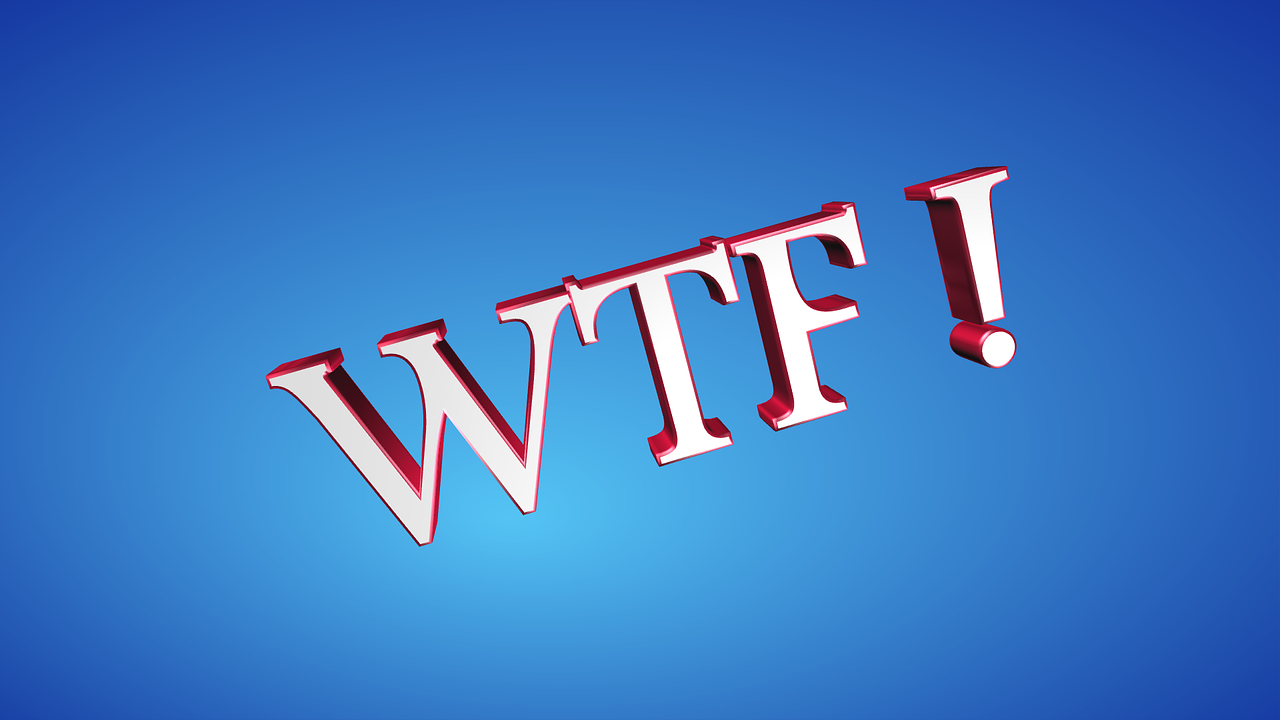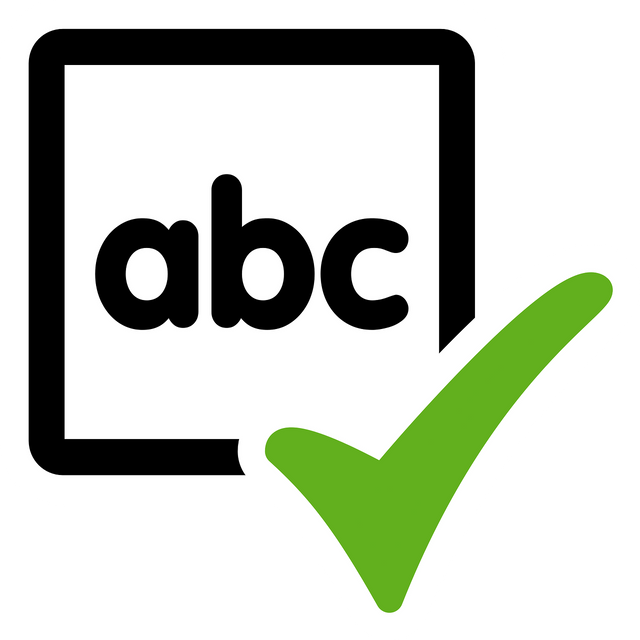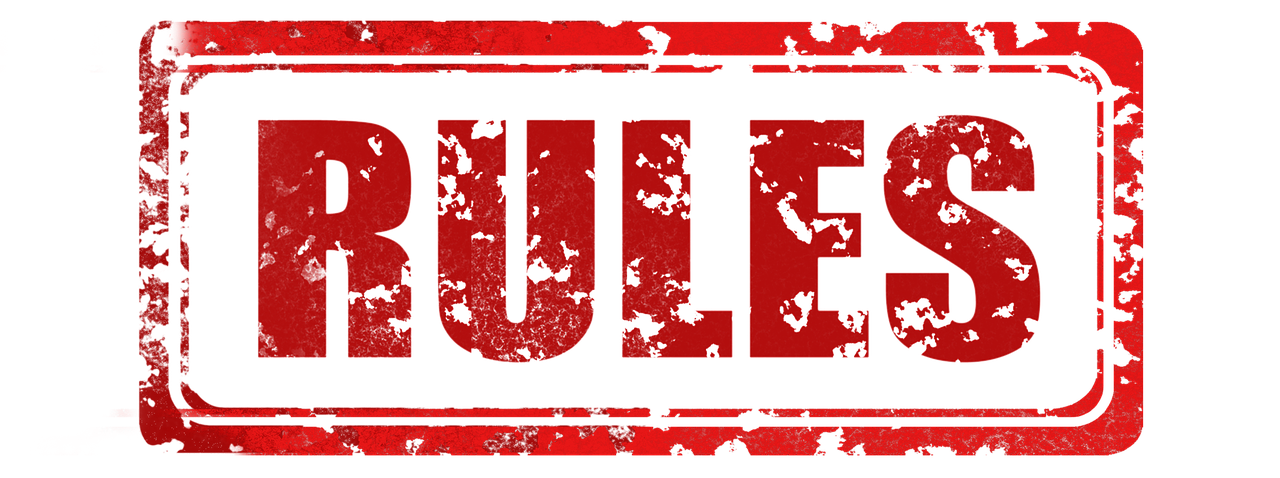Four Simple Steps for Effective Editing and Proofreading
Four Simple Steps for Effective Editing and Proofreading
How many times have you written something that supposedly was a perfect final draft, submitted it, then found glaring errors later?
It's truly embarrassing. And all writers have experienced this at one time or another in their careers.
Let me say this again, it happens to all writers.
If anyone denies it, they simply aren't being truthful.
Somehow, obvious mistakes in grammar, syntax, spelling, etc. mysteriously crept into your work; going unnoticed until it was too late and correction is no longer possible.
When this happens, you swear that "the writing gremlins" must have sabotaged your masterpiece while you were sleeping!
Even worse, when you read your submission as it appears to your readers online or in print, you realize that it doesn’t remotely express your originally intended idea and is sorely missing any discernible closure!
It’s rather disheartening to read your published prose - the writing that you set loose in the wild and now can't be corrected - and find that it resembles an unorganized jumble of unrelated sentences with no salient points to support the main idea.
What happened?
You really didn’t mean to take the reader on a wild goose chase, right?
And surely you didn't want anyone to wince - like you did - at all your absent punctuation marks, double-typed and missing words, did you?
When you were writing, you were excited and happy letting the words just “flow.” Everything seemed so perfect before you submitted it for publishing.
But there it is.
Right in front of your eyes in black and white - in all its naked, flawed and painfully amateurish glory.
Welcome to the world of writing by human authors.
Although there’s no substitute for experience, this article will present you with Four Simple Steps that I - and many other successful writers - use to effectively edit and proofread our work.
1. Separate the Activities
Many novice writers try to write and edit at the same time.
This is a mistake.
If you try to perform both activities at the same time, you will easily overlook errors.
Why?
Because the mindset and the skills needed for writing are not the same as those needed for editing and proofreading.
One is creative, but the other is analytical.
Your state of being while writing (i.e., excited, sad, angry, passionate, confused, bored, etc.) is not conducive to the cold and calculated posture you must take when editing and proofreading.
Many times, in the heat of writing there is a strong temptation to write and edit simultaneously.
Fight this temptation.
Tell yourself that if you try this, neither your writing, nor your editing will be effective.
Do yourself a favor and plan for a cool down period that separates your writing sessions and the editing and proofreading process.
The quality of your writing will instantly reflect it.
2. The Obvious
Forgive me for stating the obvious, but…
Use the spell check!
It’s amazing how many people overlook this initial, common sense step in editing.
But the amount of spelling errors I see everyday from supposedly "submission-ready" work strengthens my belief that “common sense is by no means commonplace.”
Anyway, because of deadlines, laziness, arrogance, or an irrational distrust of their computer programs, many writers simply overlook this initial no-brainer editing step.
Don’t join this group.
They are doomed to submitting work that is rife with misspellings, making them appear like amateurs.
With the built-in, powerful spell check function of all modern word processing programs, there’s virtually no excuse for spelling errors.
About the only exceptions to this rule that I can think of is when you need to use a foreign word; or when you’re writing fantasy/science fiction and you decide to create an original, “invented” word.
Again, begin all editing activity with the spell check.
Just do it.
3. Listen to Your Draft
Spell checks cannot correct grammar, syntax, context, tone, and plot dynamics.
The best way that I’ve found to check all the above is to listen to what I’ve written. You can do this by reading your work aloud, having someone else read it, or having your computer - via Text-To-Speech (TTS) - read it.
No matter how you have your work read aloud, RECORD IT for later listening. This is easily done with any speaker/microphone enabled computer, modern mobile phone, or heaven forbid, old-fashioned tape recorder.
Compared to editing by reading, listening to your work is far more effective. Errors are more easily caught when you hear what you’ve written vice reading it.
Personally, I use TTS for many of my daily tasks - editing, proofreading, reading e-mail, listening to news articles and blogs, etc.
With good TTS software, you have the ability to turn any online text into a convenient audiobook.
Listen to your work.
Your editing and proofreading abilities will be taken to the next level.
End result?
Higher quality writing.
4. Recheck Submission Requirements
While effective proofreading corrects spelling and grammar errors, meticulous editing must be done to verify compliance with organizational submission standards.
Make sure that you've satisfied all submission requirements (e.g., remaining inside the authorized word count range and within the author guidelines set forth by the publisher).
If you’re submitting your work to several organizations - as in the case of an article being submitted to many internet magazines, you must ensure that your work conforms to their standards for submission.
Since each accepting organization may have their own set of standards, submission of your work can get quite tedious.
What about article submission software?
I tried it once.
And I’ll never do it again.
Half of the magazines that the software automatically submitted to were defunct and the rest sent me back nastygrams stating that they don’t accept articles via submission software .
In the end, I would have saved a lot of time and heartache by submitting them one by one to the different magazines in the first place.
Accept this current state of affairs.
Recheck your work for conformity to each accepting organization’s requirements and guidelines. If you don’t, you will be notified that your submission has been rejected.
When editing or proofreading, train yourself to practice these Four Simple Steps:
Separate Writing time from Editing and Proofreading time.
Utilize the Spell Check function of your word processing program.
Listen to Your Work.
Verify that your submission meets the standards of each accepting organization.
Your editing and proofreading will instantly be more effective.
Ultimately, the quality of your writing improves and you submit work that you can truly be proud of.
I hope you enjoy a lifetime of happy writing.
Cheers,
JaiChai
About the Author
He is a retired U.S. Military veteran. Believing that school was too boring, he dropped out of High School early; only to earn an A.A., B.S., and MBA in less than 4 years much later in life – while working full-time as a Navy/Marine Corps Medic. In spite of a fear of heights and deep water, he freefall parachuted out of airplanes and performed diving ops in very deep, open ocean water. He spends his days on an island paradise with his teenage daughter, longtime girlfriend and three dogs.










Excellent post! I agree with everything you've said (and recently posted on #1 myself! :) ). I'll be following you too, since we obviously have things in common!
Best,
V
Vanessa, right?
Thank you very much.
I'm glad you enjoyed it. And I appreciate you taking the time to comment.
Namaste,
JaiChai